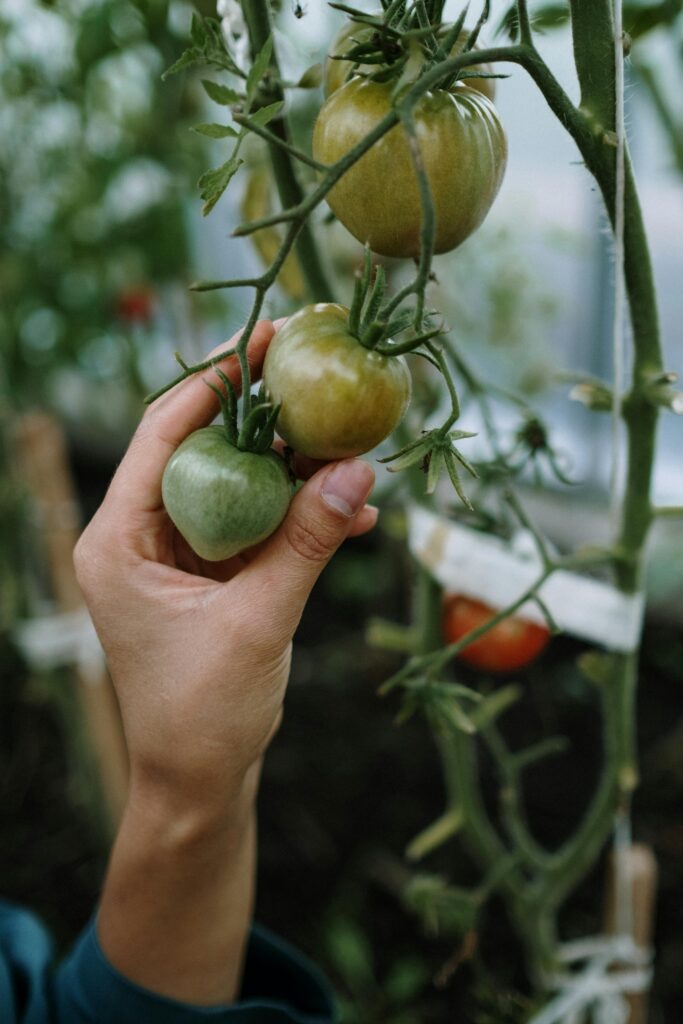Your guide to gardening, homesteading, soil health, and sustainable living.

Recent Posts
How To Use Weeds as Clues in the Garden
Have you ever strolled through your garden or backyard, only to find it overrun with…
5 Gardening Myths We Need to Stop Believing
Welcome to the intriguing world of gardening, where old wives’ tales and folklore often blend…
The Real Problem With Store-Bought Potting Soil
In the vibrant world of gardening, soil is more than just dirt beneath our feet….
Compost Tea: Is It Worth the Hype?
Compost tea has gained significant traction in regenerative agriculture and organic gardening circles for its…
5 Signs Your Garden Needs More Organic Matter
A healthy, vibrant garden begins beneath the surface—with soil that’s rich in nutrients, full of…
What Are Medicinal Mushrooms Good For
Medicinal mushrooms have been used for thousands of years in traditional medicine systems around the…




